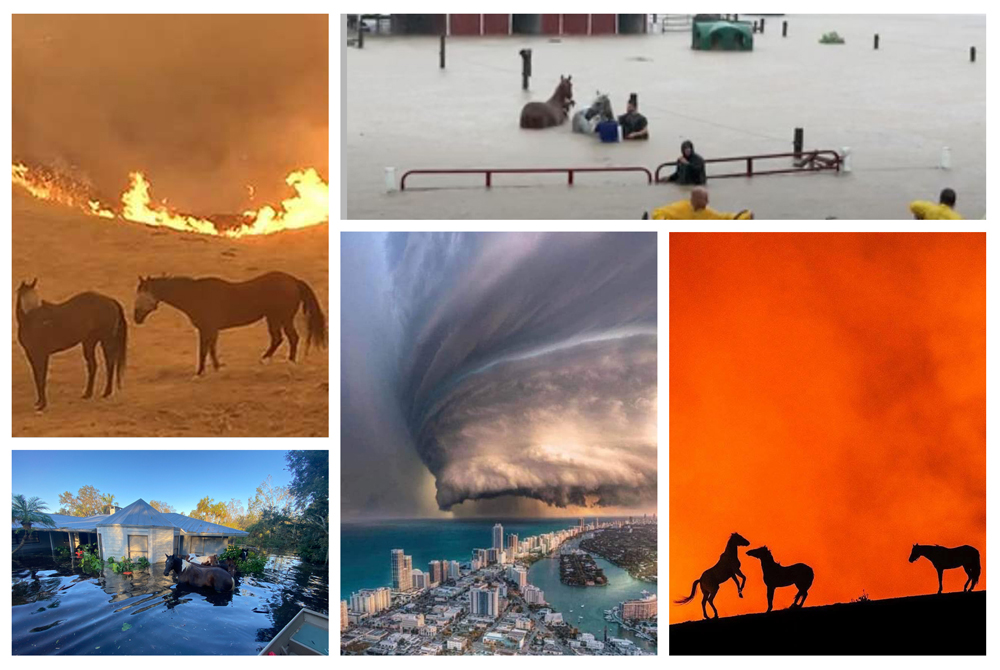My heart is broken over the tragedy in Texas. I saw a meme that said, “When one mother cries–we all cry.” In my worst nightmare, I can’t imagine losing one child in a tragedy like this, much less some of the families who lost multiple children or children, parents, and/or siblings. An entire rodeo family was lost… father, mother, and son. It is unimaginable.
Of course, today’s news focused heavily on the Texas tragedy. However, I was also hearing about flooding in New Mexico (some people died), Oklahoma, and the Chicago area. Four locations in the same day. Is climate change REAL?
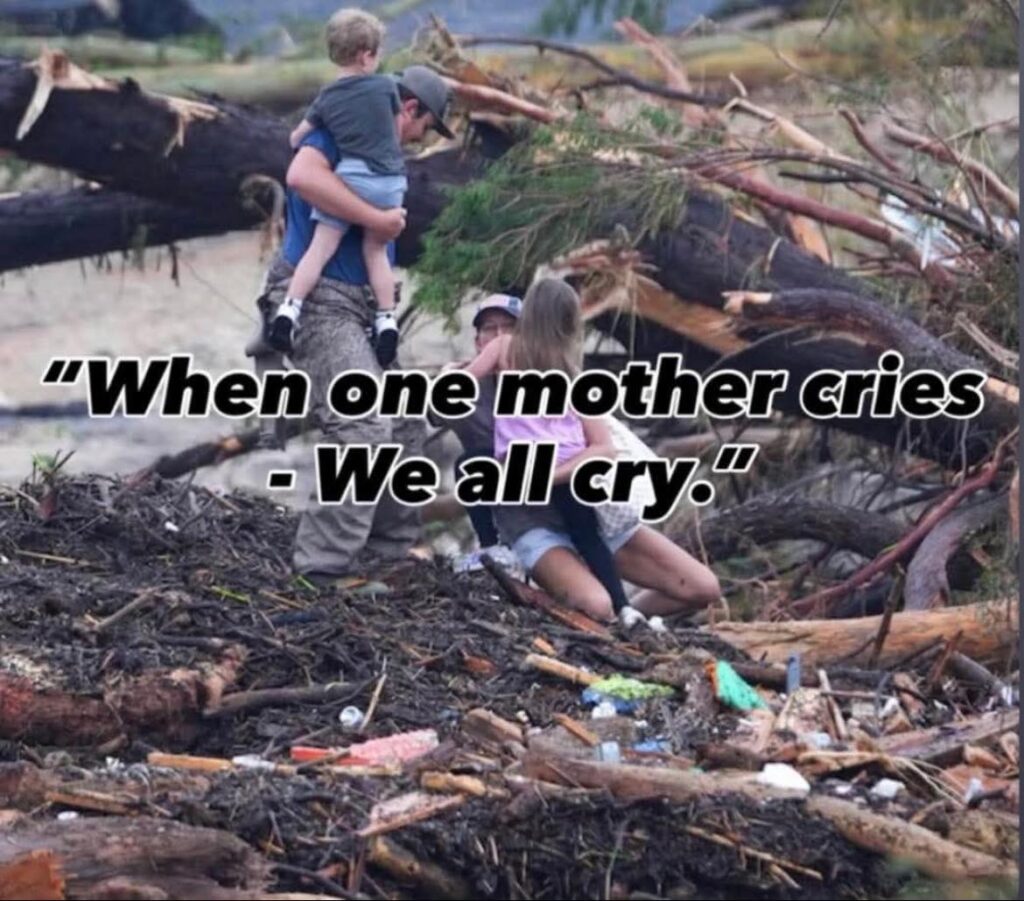
About a week before the tragedy in Texas unfolded, I received an email inviting me to join a free webinar discussing climate change. While I’ve always believed that climate change is real, I wasn’t fully educated on the “hows” and “whys” contributing to our changing planet. Given the news I’ve been seeing today about flooding in Texas, New Mexico, Oklahoma, and Chicago, as well as the fact that I’ve personally experienced three wildfires and two evacuations, I realized it was time to learn more. The webinar took place yesterday—just four days after the July 4th tragedy in Texas.
The speaker was Chris Edwards, a highly knowledgeable and articulate meteorologist from Michigan. You can view his extensive list of credentials by following the link to his page. He delivered a compelling, data-driven PowerPoint presentation that, in my opinion, makes it difficult to argue that climate change is a hoax. Before I delve into how climate change is occurring, let me first share some of Chris’s slides that highlight how our planet has changed over the past decade and century.
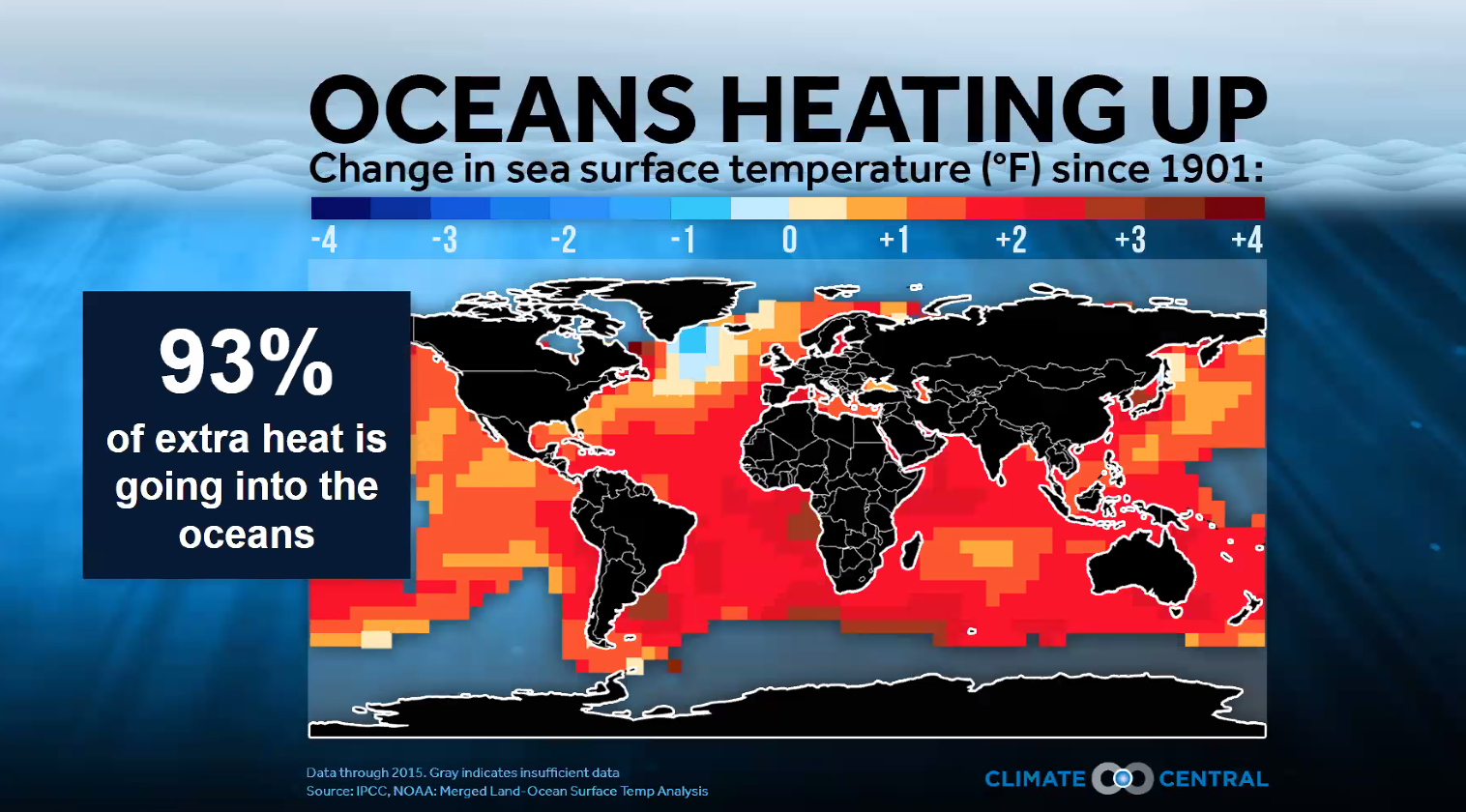
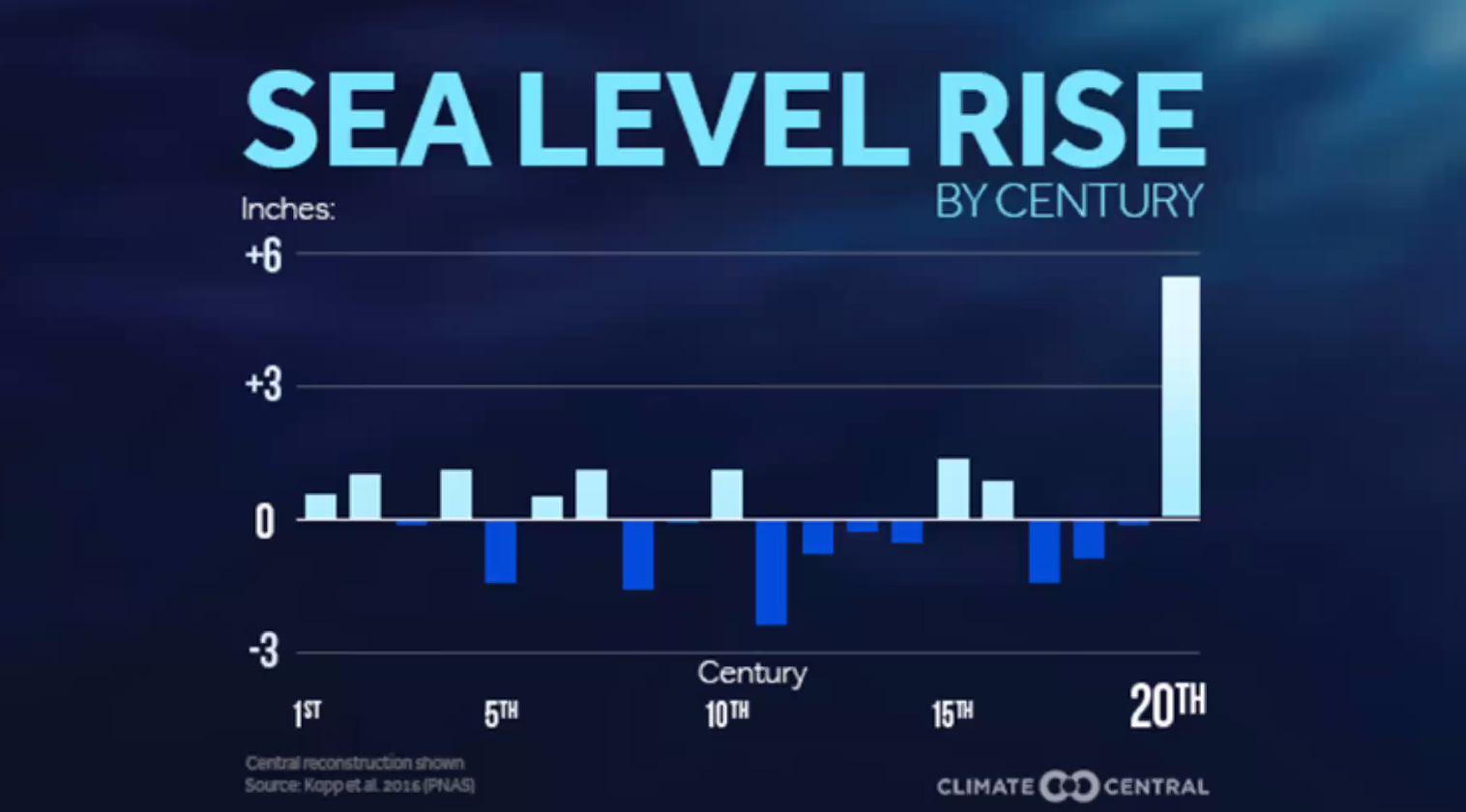
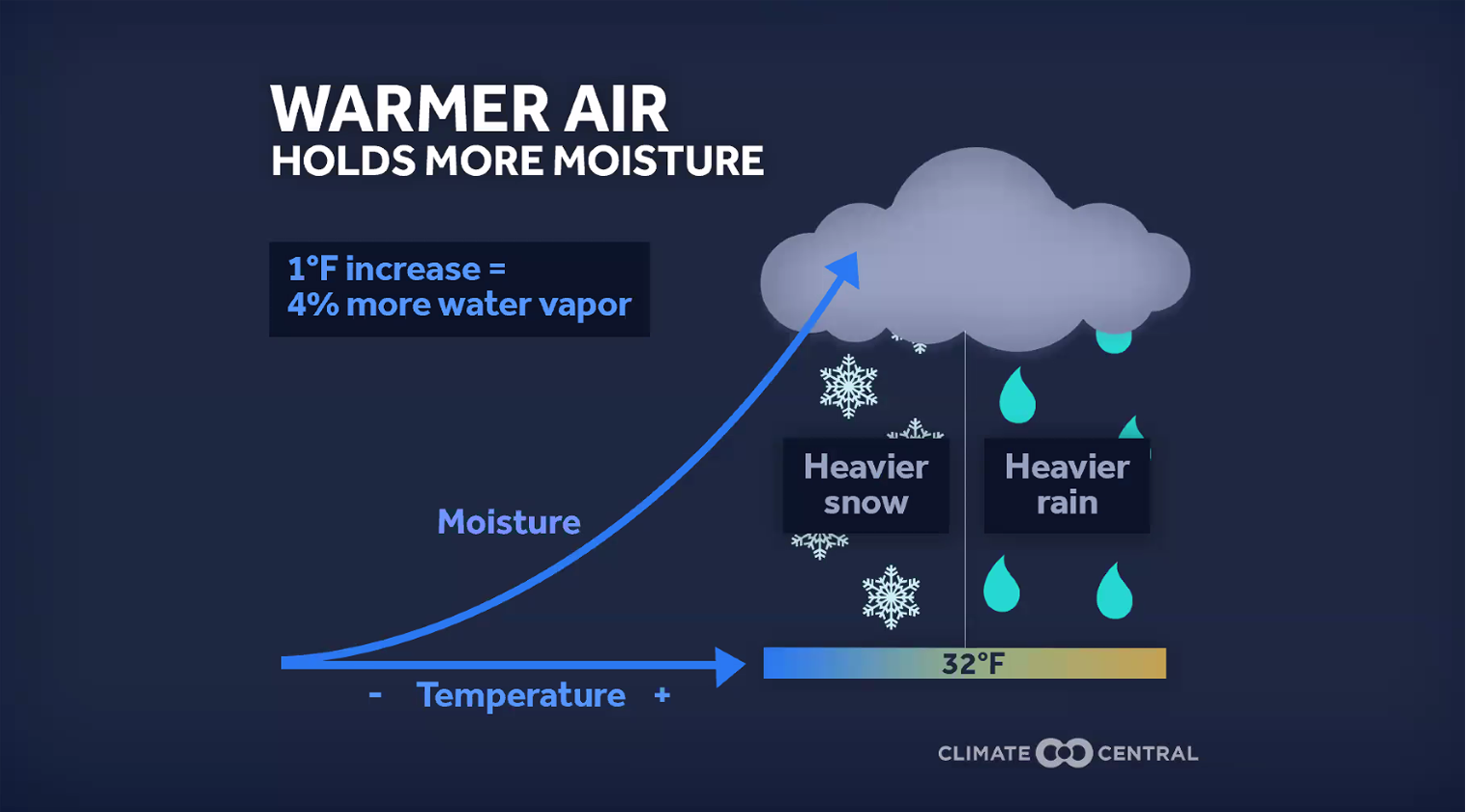
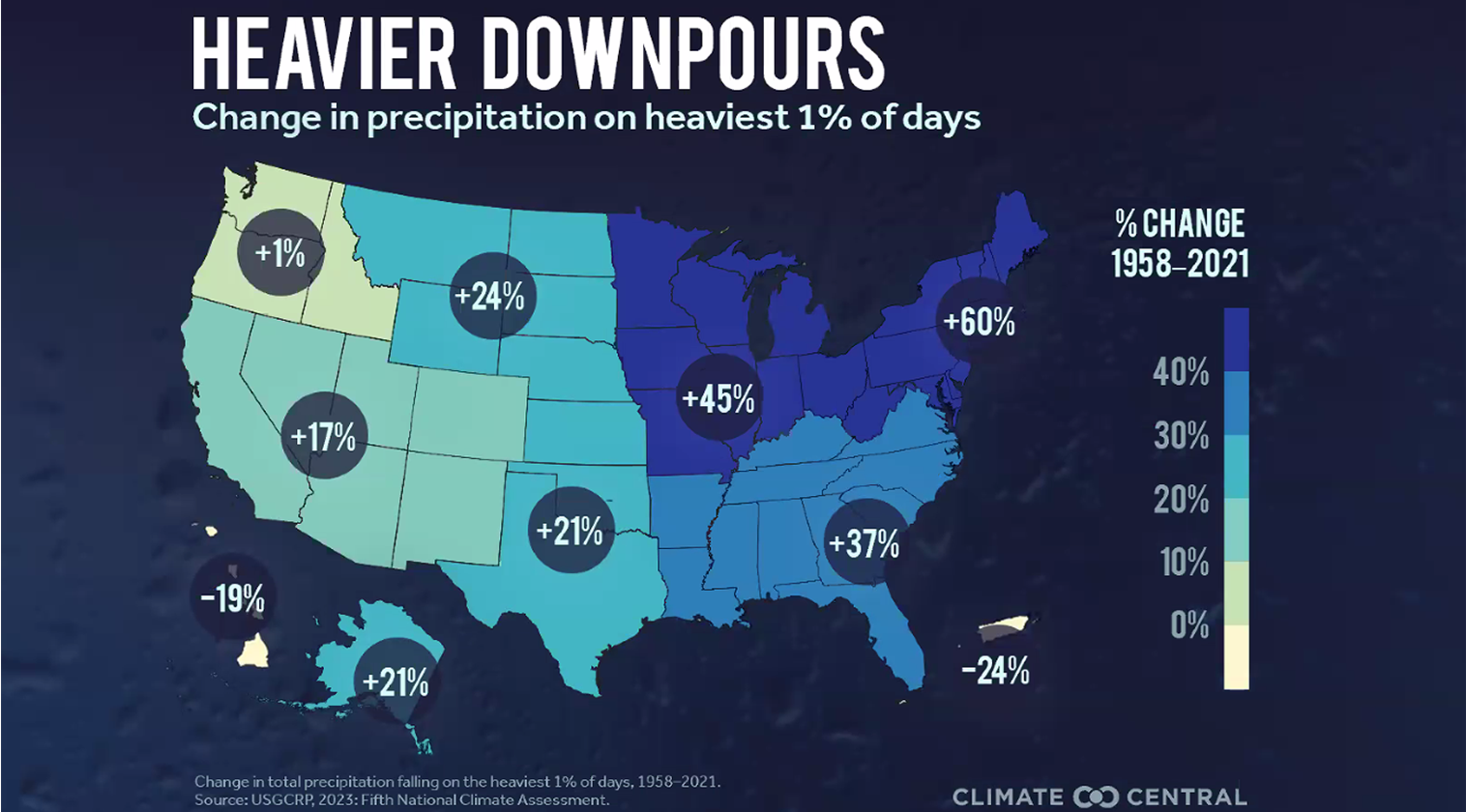
WHY is the planet heating up?
Perhaps I’ve put the cart before the horse by not first explaining what I’ve learned about the various causes of global warming. Have you heard of the “greenhouse effect”? It describes the process by which gases in the atmosphere trap heat from the sun, warming the planet. While this is a natural and necessary phenomenon—without it, Earth wouldn’t be warm enough to support human life—it becomes problematic when there’s too much of it. Carbon dioxide, or CO2, one of the gases responsible for trapping heat, is generated by the burning of fossil fuels. Right now, CO2 levels in our atmosphere are 50% higher than they were during the preindustrial era.
The levels of CO2 have fluctuated over the past decades, but there are three significant differences in the degree of change in recent years.
- How HIGH the levels have gone
- How FAST the levels have changed
- How the POPULATION EXPLOSION has increased our use of fossil fuels and impacted other causes of global warming
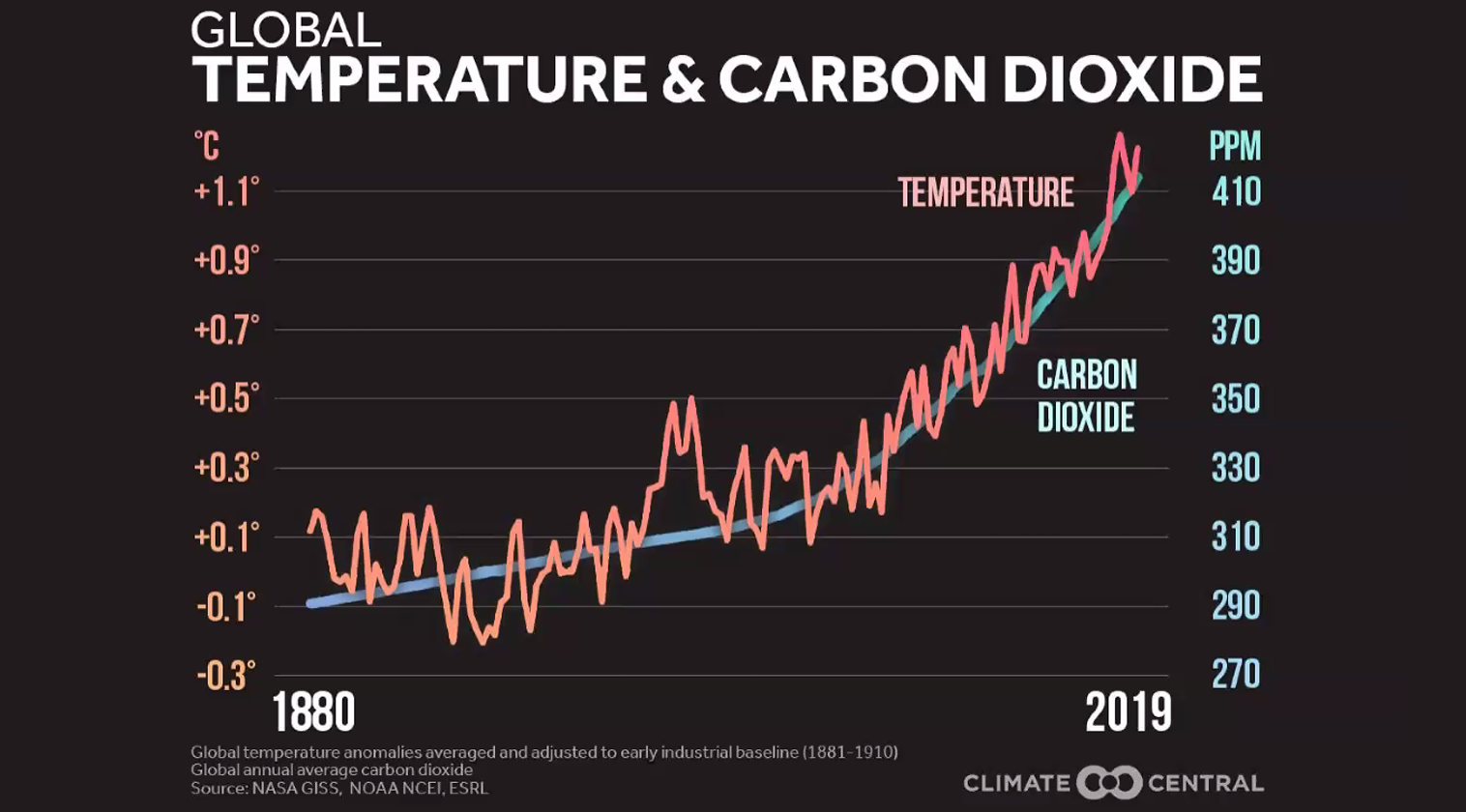
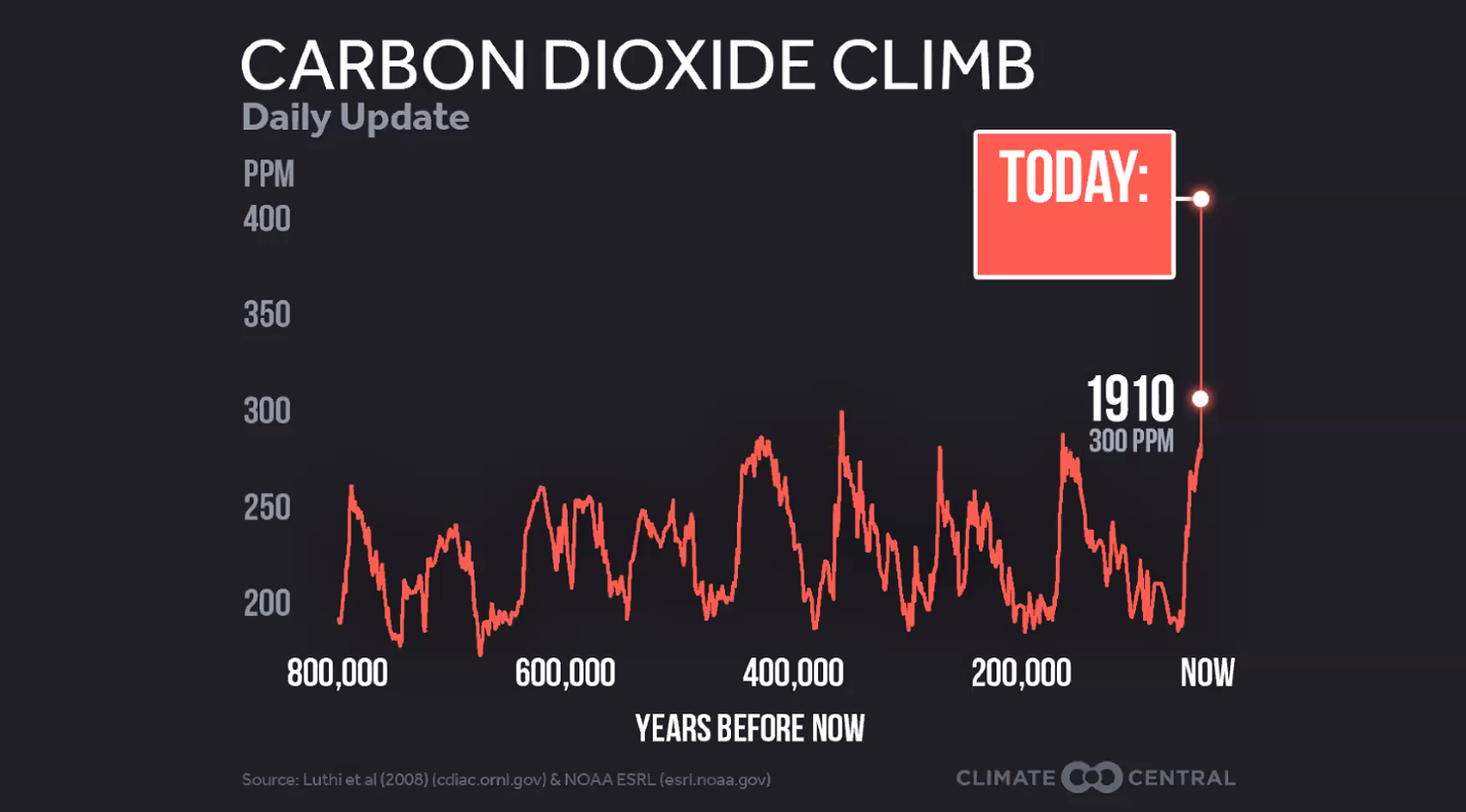
The webinar presenter, Chris Edwards, looked up the CO2 levels for July 8th, 2025—the day of the presentation. The current level is 428 ppm! It’s not even on the chart! No one is pulling these numbers out of thin air. This is scientifically measured, accurate data. How can we argue with that?
The role of methane gas in global warming
Methane is responsible for about one-third of Earth’s warming. The good news is that methane breaks down in 10-12 years, much faster than CO2, which can persist for hundreds of years. The bad news, however, is that methane is about 80 times more potent in its effect on global warming than CO2. So, what are the main sources of methane? Livestock, especially cattle, account for about 40% of methane emissions from human activity worldwide. This includes both manure management and “cow farts”! Burning fossil fuels also releases methane into the atmosphere. (This graph represents Michigan only.)
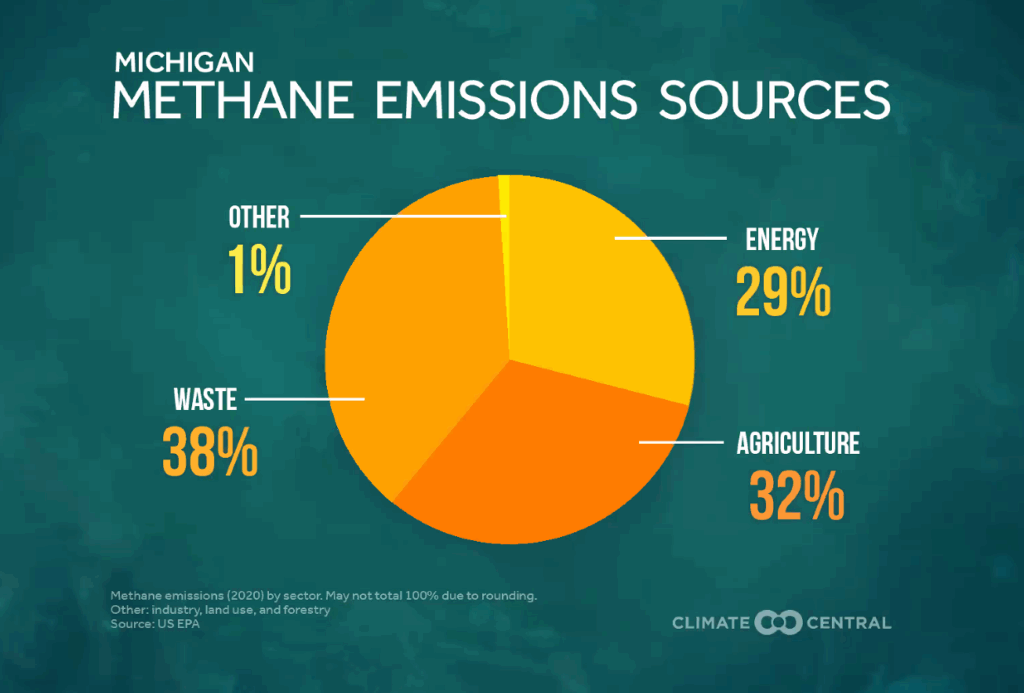
How is climate change directly impacting us?
One argument against implementing policies that reduce our negative impact on the planet is that it costs too much to make those changes. But the lives lost in Texas and New Mexico just in the past week are priceless. What price do you put on the lives of little girls at summer camp or their dedicated counselors? Beyond the loss of life, how much money will it take to clean up and rebuild that shattered community?
Weather disasters are expensive
Have you tried to get insurance lately in an area prone to wildfires? We have. We attempted to get a policy on our new home build, but we were delayed because of the Cochise Stronghold fire. As long as there was a fire anywhere in the county (a county about half the size of the state of Maryland), no policies would be written. After evacuating last summer due to the Alexander Mountain Fire, our insurance premium for our Colorado home increased by 75%! Try selling your home when you have to evacuate just two weeks after putting it on the market. We finally closed the deal in April, but the buyers had a terrible time finding insurance.
Weather disasters now cost billions of dollars. In the 1980s, there were fewer than five major events per year. By 2023, that number had risen to 28, and in 2024, there were 27. The argument that “making changes will be too expensive” is a weak excuse when failing to act will lead to catastrophic consequences that can’t be measured in dollars and cents. Ignoring the crisis of climate change will result in costs that no one wants to bear.
The ocean is rising
Sea levels are rising due to melting glaciers and the fact that ocean temperatures are increasing. Go back and review the first slide, which states that 93% of the extra heat we are producing is being absorbed by the ocean. Warm water expands, taking up more space. Sea levels are expected to rise by 12 inches by 2050. What impact will a hurricane have on an ocean that is already warmer and higher than normal? How much will that extra 12 inches of water affect the waves that flood our coastlines?
The number of hurricanes we experience in any given year may not have changed dramatically, but their impact has. Storms that do form now have a greater potential to be larger, more powerful, with more rain and flooding. The rising sea level contributes to a rapid increase in a hurricane’s intensity. As mentioned earlier, higher sea levels make storm surges worse, compounded by the fact that our infrastructure has expanded to the very edge of the water!
Droughts and floods
Flooding is IMPACTED by climate change, not CAUSED by climate change.
Chris Edwards
Warmer air holds more water, which leads to heavier rains. Chris described it as “supercharging the water cycle.” Climate change also affects droughts. When temperatures rise and there is little rain, the earth dries out more quickly. Dry, hardened soil doesn’t absorb water as efficiently when it comes in heavy deluges. I heard a weatherman mention that the Hill Country of Texas had been experiencing a drought, making the ground more impermeable to water than it would have been if it hadn’t been so dry. Of course, given the amount of rain that fell in such a short period of time, the contribution of the dry ground was likely insignificant.
Impact on the ecosystem–plants and animals
As the planet warms, many species of plants and animals struggle to adapt to the changes. For instance, evidence suggests that global warming played a role in the increased severity and extent of beetle kill outbreaks in forests, particularly in Western North America. The loss of vast expanses of forest resulted in dead, dry trees that provided readily available fuel for forest fires.
Chris Edwards, our webinar presenter, lives in Michigan. He described how the walleye there have adjusted in response to climate change. The ice is melting about four weeks earlier than it has in the past. Walleye spawn when the ice melts, which aligns with the peak availability of food for their young. The walleye have started spawning a week earlier than usual, but even that is not enough to offset the mismatch between the lack of ice and the availability of food.
Seasonal temperatures are extreme!
The past ten years have been the hottest on record, with 2024 even surpassing 2023 in terms of extreme temperatures. Reliable records date back to the mid-1800s, and once again, this is data collected—not personal opinion. It seems to me that it’s hard to argue with data. The planet is warming, and we have a substantial body of evidence to prove it.
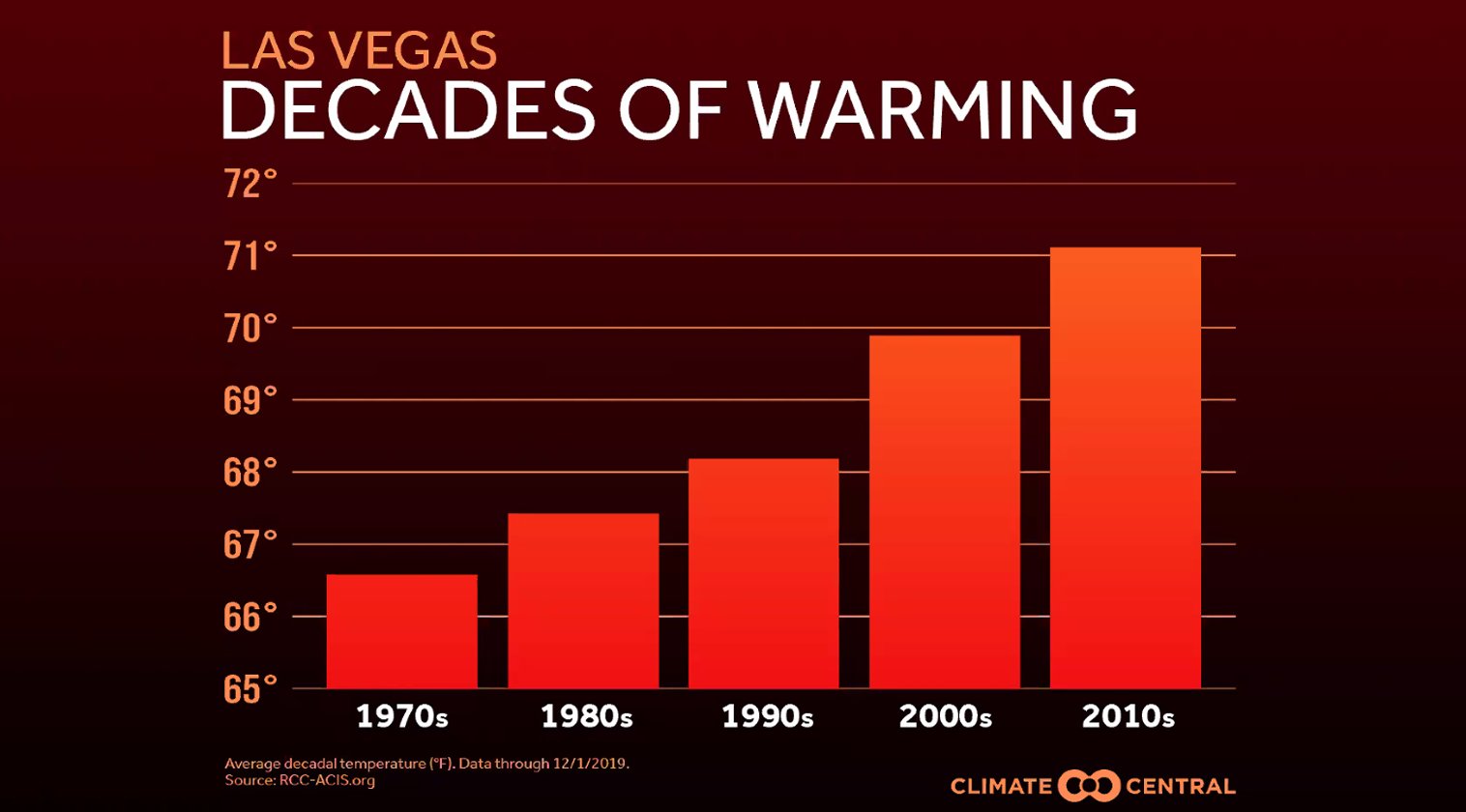
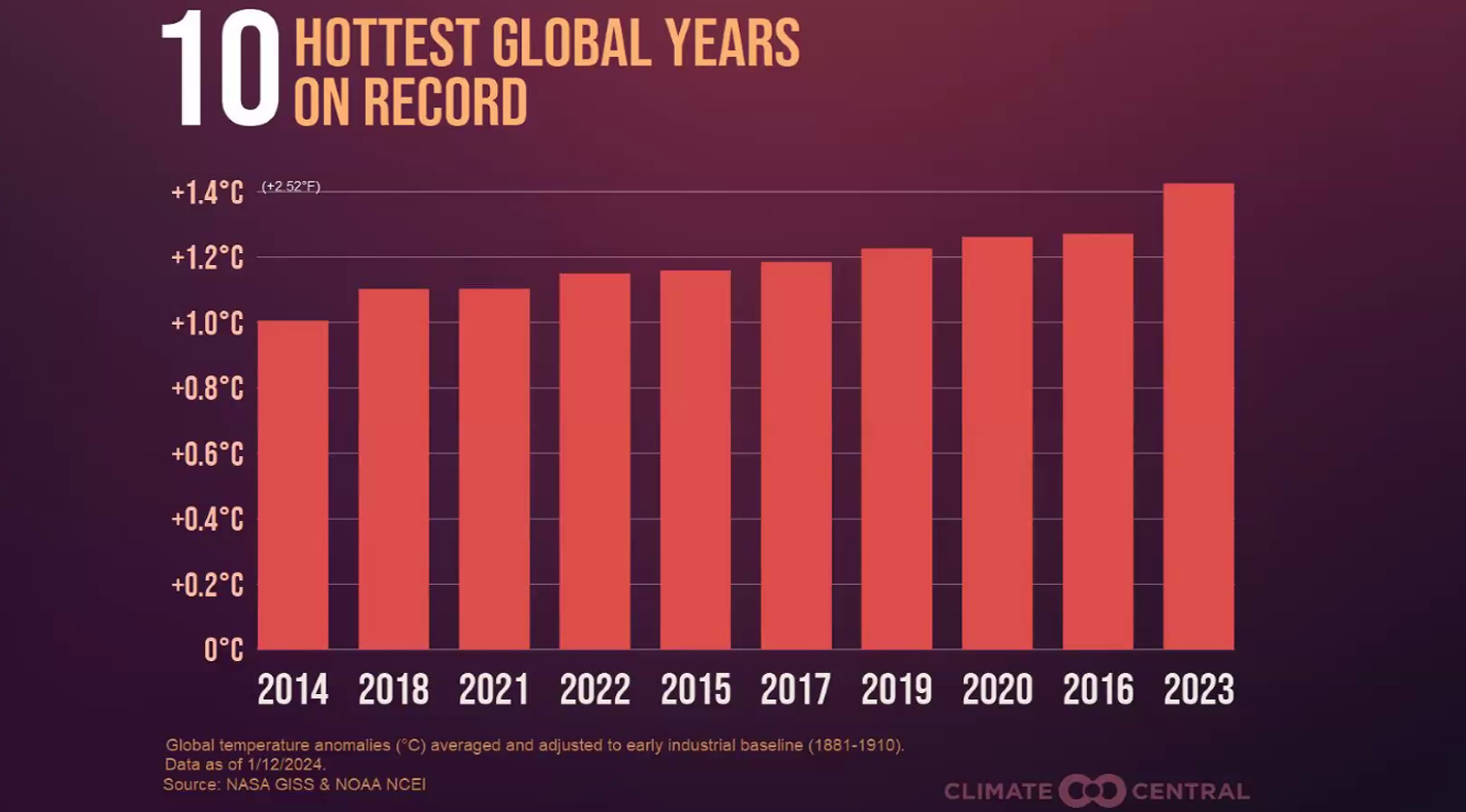
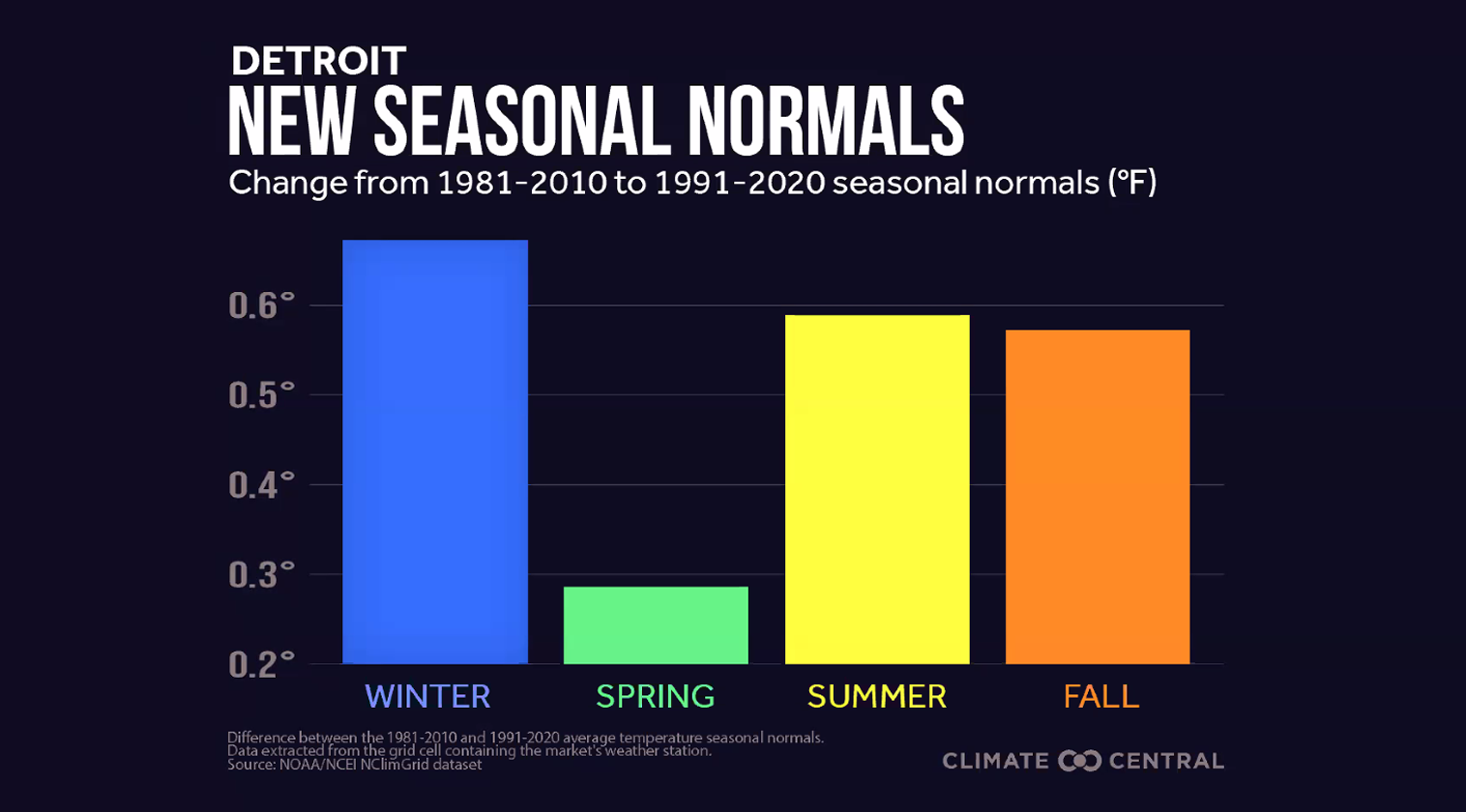
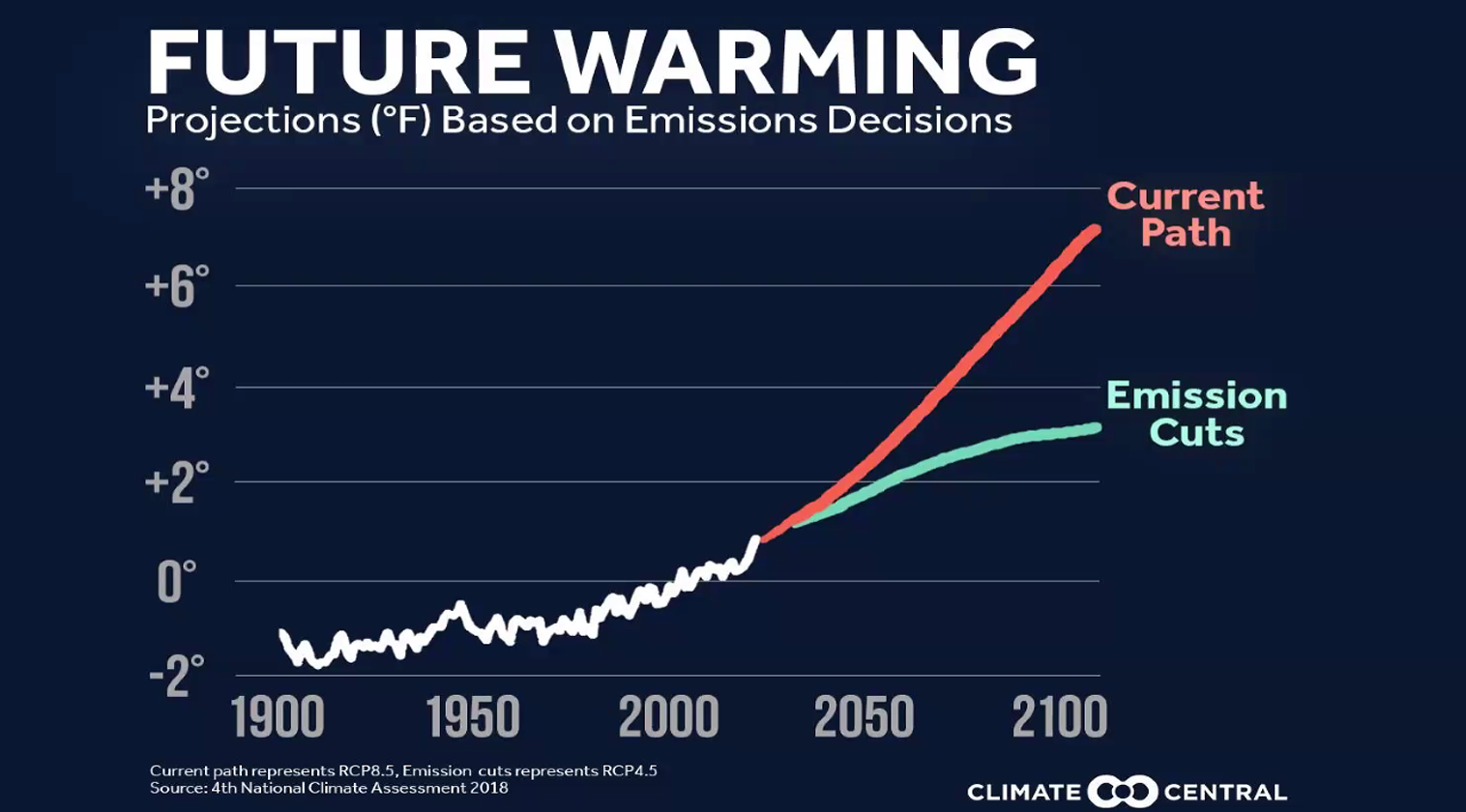
Who remembers making snow forts in the wintertime when the snow drifted high enough to tunnel through it? I grew up in Indiana, and the snow would drift up to our front door. We’d tunnel down the steps and create an igloo with a minimum of effort! In the late 70s, I remember two years in a row in Indiana where we received snowfalls that shut down the state for days.
With temperatures rising, winters are warmer with less ice on lakes. The lake effect snowfalls are worse because of the high amount of moisture in the air.
I live in southeastern Arizona at an elevation of 4,200 feet, and our new home is at 4,700 feet. The weather here is considerably nicer than in Phoenix. If you Google “average summer temperature in Phoenix 50 years ago,” the result is about 89 degrees. But if you search again for 2025, you’ll find it’s 104-106 degrees! Do you think the Google search engine has a biased view of climate change?
What can we do about climate change?
Did you take note of that 4th slide above that indicates where we are headed if we don’t make changes? If you want further motivation, look at this data:
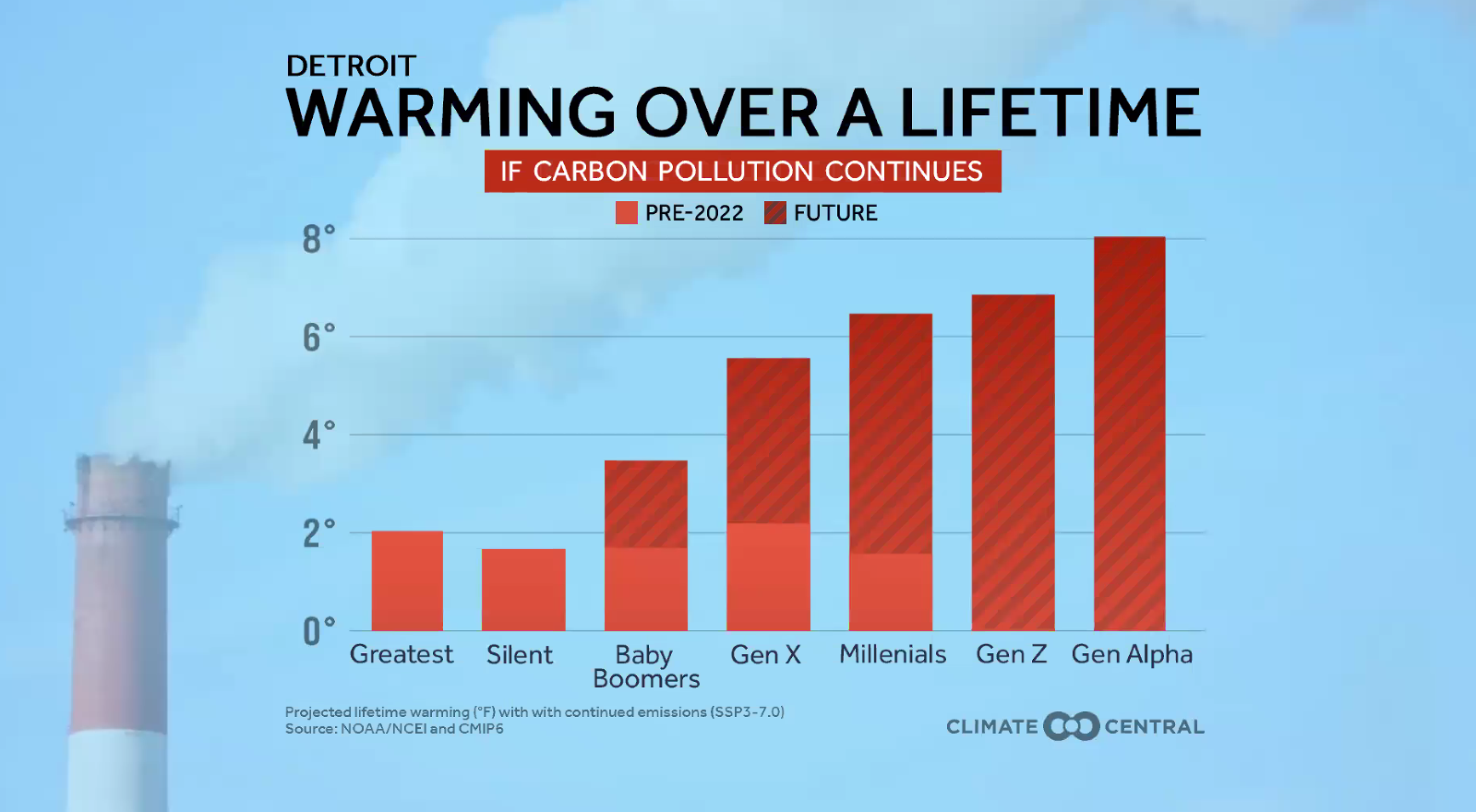
According to this graph, kids born this year will face an eight-degree increase in temperatures over their lifetime. We simply cannot ignore this and leave our children and grandchildren a growing inferno. There are things we can do to reverse this trend. Are you willing to be part of the solution?
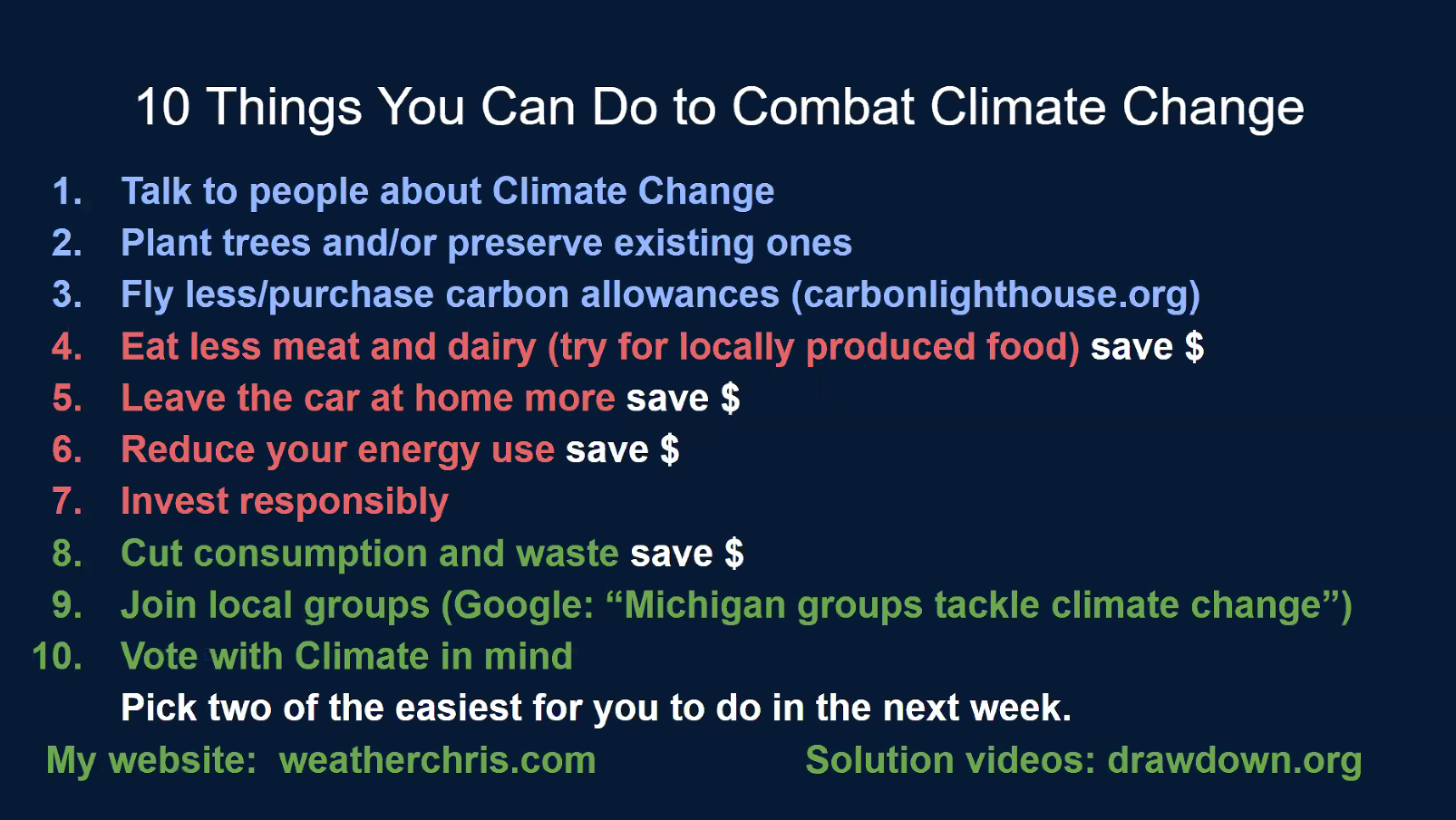
Trees help prevent storm runoff, reduce air pollution, and absorb carbon dioxide. Choose electric over gas if possible, although if your electricity is generated by burning fossil fuels, that doesn’t always help. GO SOLAR if possible! We are definitely adding solar panels to our new home in Arizona. Support clean and renewable energy in every way you can. Eating less meat = less demand = fewer cows = less methane. If we ALL try to cherish our planet, we CAN make a difference.
How do we prepare for natural disasters?
- Identify potential hazards
- Develop an evacuation plan
- Practice your evacuation plan
- Consider special needs… both people and animals
- Have a communication plan with out-of-state contacts, as well as local family, friends, and neighbors
When a disaster strikes in the middle of the night and water rises 30 feet in an hour, there is little you can do to be ready for it. The burden of notification falls on local first responders, as well as state and federal agencies. But you can do your part to be as ready as possible. I updated this post after publishing because I listened to a retired NOAA employee suggest getting a NOAA weather radio. EXCELLENT idea! They can be purchased for less than $50 and they will alert you of an event wherever you are, even if they are turned off. Check it out on Amazon!
As I mentioned at the beginning of this post, I simply cannot fathom the depth of grief felt by the residents of Kerr County, Texas. The “lucky” ones are dealing with the loss of their home and everything they owned. The parents of the lost little girls likely still have their home… but not their daughter(s). I’m sure they’d give up everything they had if it meant they could have their loved one back.
Be sure your horses are ready for a natural disaster
I have evacuated twice due to Colorado wildfires. The first time, we had ample warning and were able to have the trailer hooked up and ready to go. Our horses readily load and would do so even under duress. Our trailer is in excellent condition. And—our horses wear identification tags braided into their manes at all times.
The second evacuation was a very different experience. We were boating on a reservoir that was 45 minutes away from home when our neighbors called and said we had to get home quickly to grab the horses. I had never been so grateful to know that our horses already wore identification as I was when I rounded the bend of the reservoir and caught my first glimpse of the mushroom cloud of smoke over our home. We barely got the horses off the mountain before the road was closed.
Climate change is real, and we have to learn to live with it as well as do what we can to slow it down. There are many variables that impact how you will emerge from a disaster. Some you have control over, and some you don’t. Do what you can to be as ready as possible. Don’t count on animal control to be your evacuation plan. Don’t count on Facebook to find your lost livestock. Train your horses, and make sure they can be identified—even if you get the call that no one wants, telling you they washed up on shore 15 miles away. At least you’ll have an answer.

